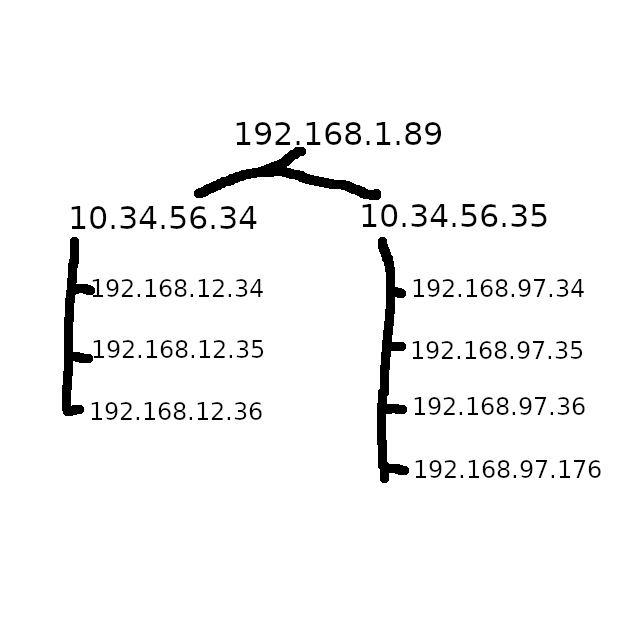I can use other operating systems that are better firewalls for control and all,but it doesn’t work with qubes well enough.
I can disable things and reconfigure things to get it working, but it means I have to create 3 times as many virtuals.
1 external, one for each internal, and one behind the internal to act as the intervm networking to allow them to do what they are supposed to.
So I want to turn 3 virtuals into 1.
I always have the firewalls,and doing this was a piece of cake in qubes 3. But then they broke that.
But you can’t install qubes 3 or 2 or 1 on recent hardware. Have to do it virtually and then hope like hell it boots.
If they were not using SystemDumb then I would have less issues. And this new NTFW whatever it is thing instead of just iptables makes it harder too.
If it was just iptables and have the private img cloned then I could have it done in seconds using my old scripts.
I did not use VPNs or anything like that. I just used Linux to its full extent.
If they made a version that did not require MicroSoft SystemDumb then I could make a system that operates 10 times faster and uses less than half the resources.
But I can’t rewrite the QubesManager at this time because I don’t know their commands to do everything there that they are trying to do, so it’s slow. I had it working for Qubes 3 and it used 1/30 th of the resources compared to their QubesManager at the time.
I had even built all my networking stuff into it.
If they can provide the details on how to change and set up all this stuff then that would make life so much easier.
I keep thinking of going back to qubes 1 when they didn’t have SystemD and just use that. But that has too many se urity holes in it these days unfortunately.
